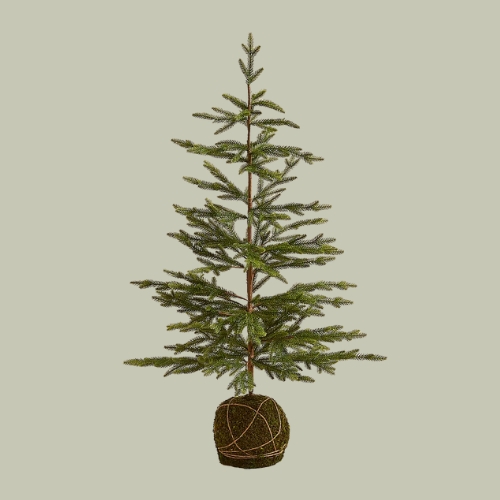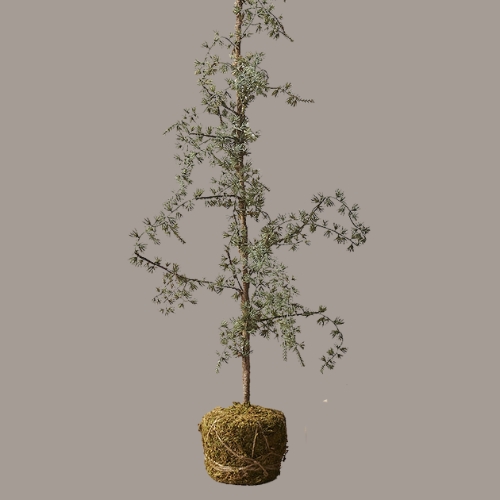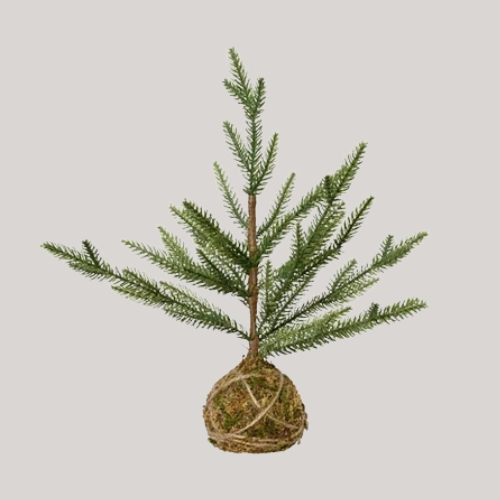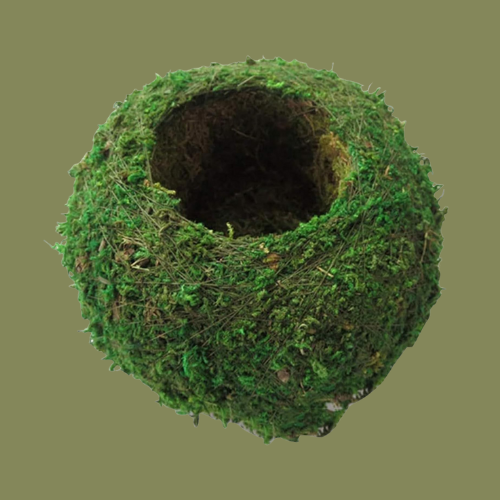Wait, This Japanese Horticulture Idea Just Became the Cool, Minimalist Way to Do Christmas Trees This Year — Even Artificial Ones
There's more to moss than meets the eye right now, and it's proving to be the perfect design detail for the festive season, too
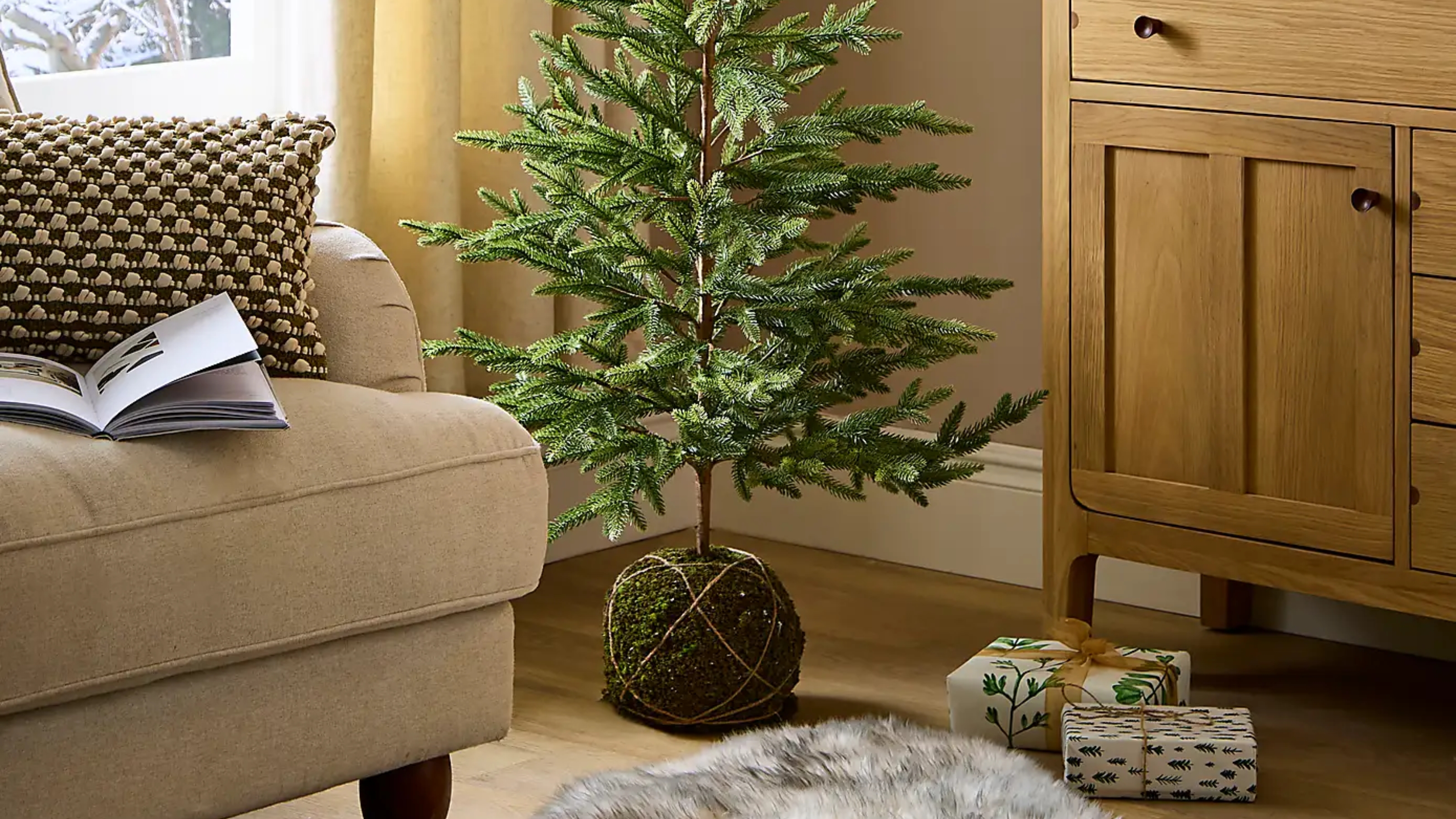

In the last two years, moss has become a serious stylistic choice, seen in plenty of cool contemporary interior gardens. And as we make our way towards 2026, Livingetc's home wellness writer Amiya Baratan, our expert on all things gardening, says, "I'm predicting that this trend has more to give and won't be gone anytime soon." When it comes to the festive season, there's one tree we all turn our attention to, so why not find ways to tie in a bit of moss and make it feel more trend-led?
Yes, I'm talking about Christmas tree kokedamas. It's the Japanese art of wrapping a plant's roots in a ball of moss, removing the need for a pot. It's slightly unconventional when it comes to Christmas decorating ideas, sure, but there's something about the earthy look of moss that lends an interesting textural, even architectural quality to the traditional evergreen foliage.
Every year, we see Christmas tree designs elevated beyond what we'd ever typically expect, and this houseplant trend feels both fashionable and festive — and would work perfectly in small apartments, too. Here's what you need to know about the style (and even some faux Christmas tree kokedamas to shop that remove the fuss so you can focus on the festivities).
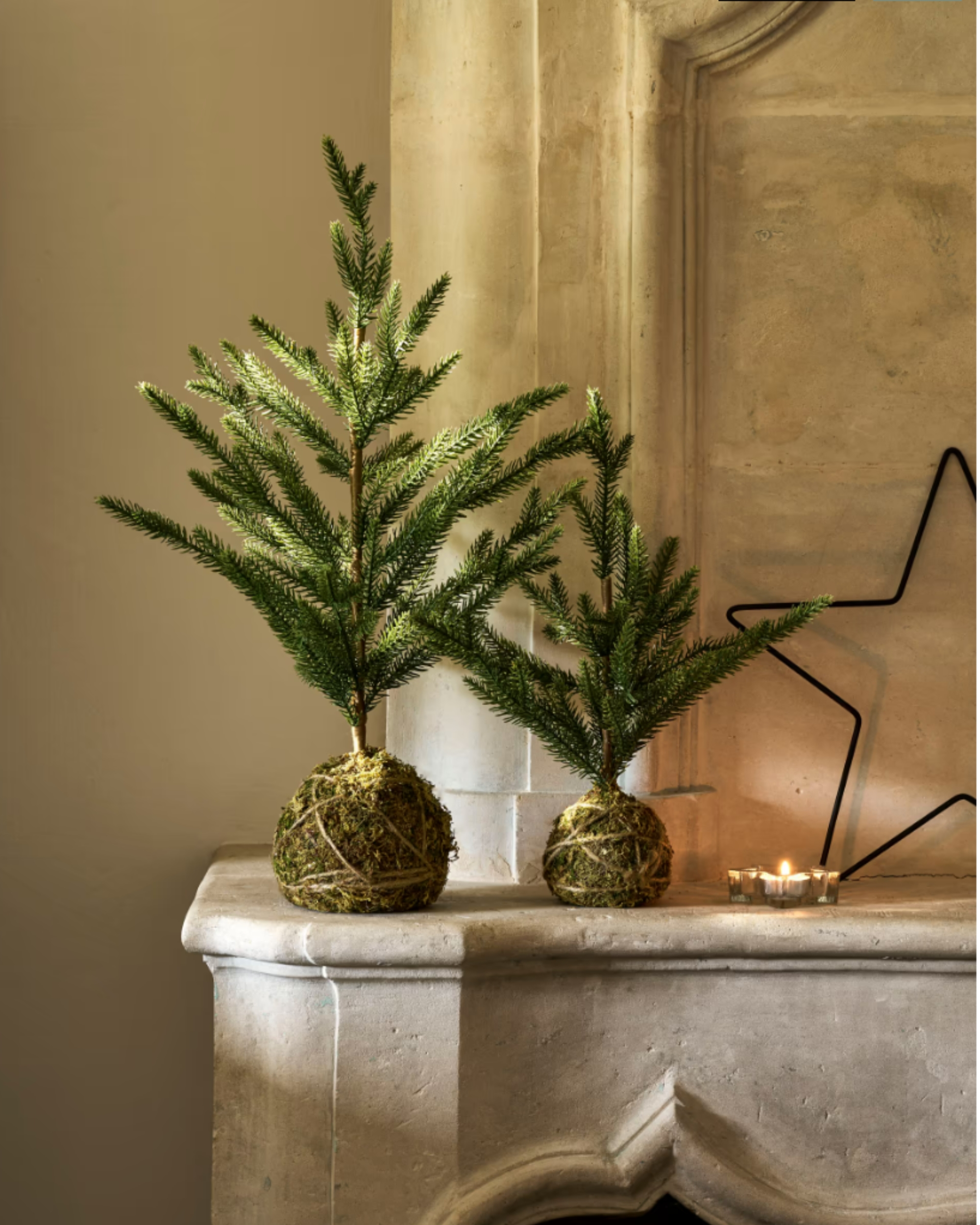
The moss ball base instantly elevates the decor, bringing the holiday spirit without feeling too kitschy.
Last year, we saw skirts swapped for Christmas trees in pots, so it feels like a natural evolution to ditch the pot altogether and opt for a kokedama-style Christmas tree. It's not your typical tree base, but "It's a pleasant surprise to see this sub-genre of mossy planting styles fashioning faux Christmas trees," adds Livingetc's Amiya Baratan. It's minimalist, yet striking enough to act as an accent piece.
And while I'm sure it's possible, I haven't actually come across a full fir tree done in this style, but Livingetc's editor, Hugh Metcalf, says smaller micro Christmas tree varieties are absolutely possible (he's done it himself). Just be warned: "The drawbacks I found are that they are surprisingly heavy, and even though I managed to suspend them, it can feel a bit precarious," he says.
It's also a bit of a messy process, and can make keeping your Christmas tree from drying out a little harder. "I found it quite hard to get the watering schedule right, which didn't help with the weight, and when I decided I wanted them on the table instead, I found I needed to put them in a bowl, dish, or tray to avoid any moisture seeping out onto the table," Hugh adds.
The easy solution to all this? Fake it. Thankfully, in my research, I came across a number of stylish faux trees that would take all the stress out of this trend. "I love the idea of matching your tree to faux kokedama renditions," says Amiya. Even if it's not your primary tree, who's to say you shouldn't switch it up with your supporting festive foliage! Below are a few ways to shop the look.
The Livingetc newsletters are your inside source for what’s shaping interiors now - and what’s next. Discover trend forecasts, smart style ideas, and curated shopping inspiration that brings design to life. Subscribe today and stay ahead of the curve.
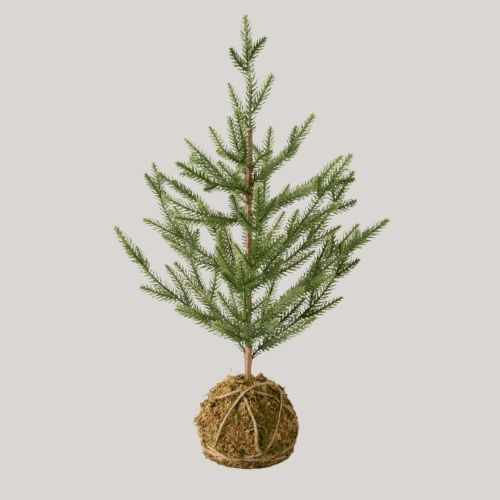
For something a little smaller, Garden Trading is offering this mini moss ball tree. I particularly love the way they styled the large (60cm) size next to the small (40cm) size — it's a refined take on Christmas fireplace mantel ideas.
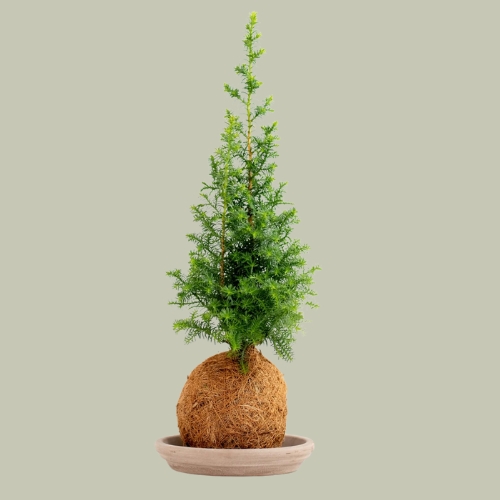
Of course, you can also go down the real route. The brand says the Pine Kokedama is incredibly easy to look after, but after being indoors for two to three weeks, it thrives best outdoors. Saves you from having to recycle your Christmas tree!
There are plenty of types of Christmas trees to spice up your holiday decorating while still keeping a curated aesthetic in your interior. This moss ball base does festive without all the fussy frills.

Olivia Wolfe is a Design Writer at Livingetc. She recently graduated from University of the Arts London, London College of Communication with a Masters Degree in Arts and Lifestyle Journalism. In her previous experience, she has worked with multiple multimedia publications in both London and the United States covering a range of culture-related topics, with an expertise in art and design. At the weekends she can be found working on her oil paintings, reading, or antique shopping at one of London's many vintage markets.
